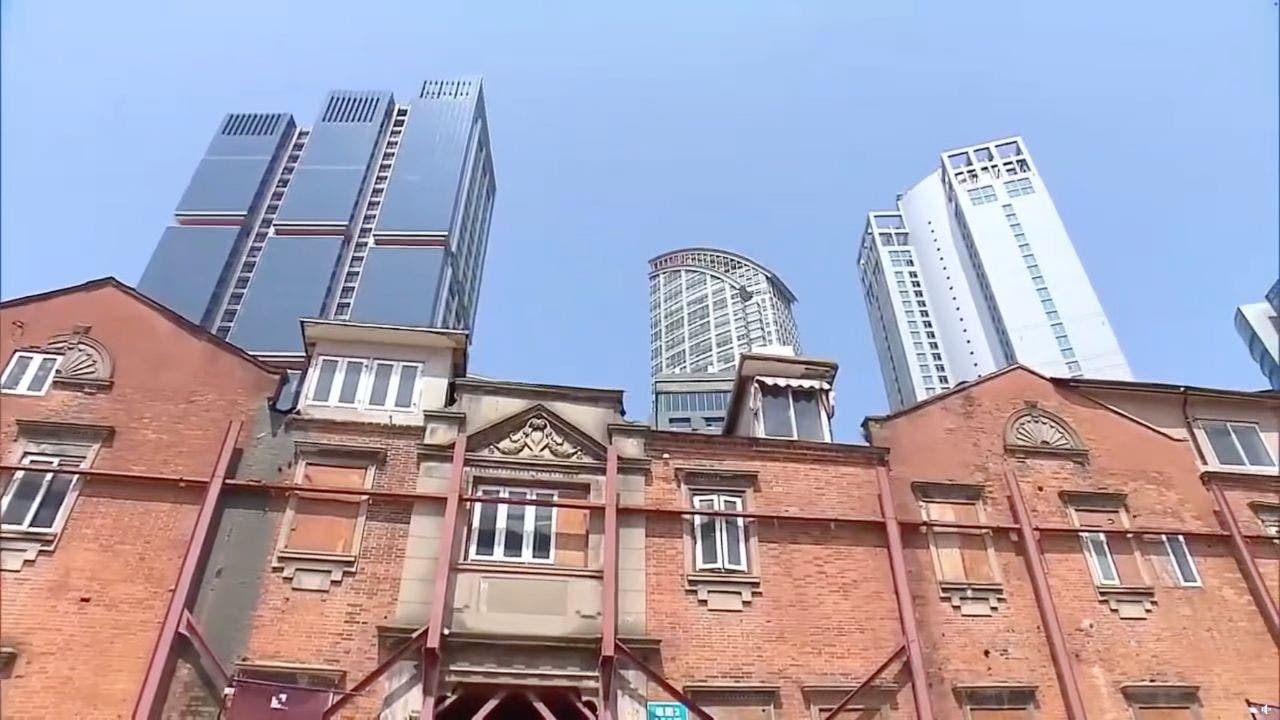Sask. photographer who sees magic of the night sky says it needs protection

Jeanine Holowatouik keeps her camera gear stashed by the door, ready to leave in an instant.
The astrophotographer spends her time chasing the Northern Lights, waiting for waves of green and purple to begin dancing across the sky.
“I could be all alone in the middle of nowhere, just screaming, all excited by the sky, because it’s just so incredible. It could be raining light in all directions,” said Holowatuik, who lives near Hudson Bay, Sask lives.
“There’s just something magical about the night sky. It has this way of calming you down and exhilarating you and bringing out the curiosity.”
Holowatui wants others to experience that magic. She teaches photography, leads aurora tours and speaks at conferences.
But she also wants people to know that the dark skies, as people know them, are under threat as space and light pollution increase.
“When I first started photography, I saw a few satellites in my photos all night long. Now, eight years later, I see at least a dozen satellites in a six-second exposure.”
A changing sky
Samantha Lawler has also observed the night sky getting fuller, both with her eyes and with her research data captured by large telescopes.
“It’s really sad to see something that humans have had access to throughout human history changing in real time,” said the astronomer, who lives on a rural farm outside of Regina. She is also an associate professor at Campion College at the University of Regina.
“There’s so much traditional knowledge from cultures around the world wrapped up in looking at the constellations or the position of the Milky Way.”
She has studied how recently launched satellites are changing the night sky – and describes what is to come as depressing and horrifying.
Urban light pollution has been a concern for night sky observers for years, she noted, but people have escaped it by traveling away from cities.
Satellite light pollution knows no boundaries.
‘No regulations’: astronomer
Lawler said there are about 7,000 satellites in orbit, and that number could grow to 65,000 if companies go ahead with their launch plans.
If that happens, Lawler said one in 15 bright spots for sky-watchers in Saskatchewan would actually be a moving satellite — a canopy of twinkling stars transformed into a chaotic urban street network.
But it doesn’t have to be that way. Lawler said companies can make changes to reduce the impact of satellite pollution. Lawler said some concerns can be addressed through technology: dimming lights, adding sunshades, changing the shape, material or capacity of the satellites.
However, there is no compelling reason for companies to make changes.
“There are no rules, no one is in control. To launch Starlink satellites, Starlink only needs permission from one US federal agency, even though these satellites fly over countries around the world.”
She said people need to know what’s at stake and speak up if they’re concerned.
Sask. offers special views
Holowatuik is aimed at raising awareness. She plans to continue sharing her photos of the night sky as it is today and talking about the need for protection from the dark sky.
The issue hits close to home, as her photography is centered in Saskatchewan.
She said the sky seen from this province is especially special for aurora hunters because the Northern Lights are still visible in the summer – something not common around the world.
Noctilucent clouds — thin clouds that appear to glow at dusk — and the core of the Milky Way are also clearly visible at the right time.
“I love the feeling of being somewhere under the stars, just looking at the night sky. It’s so peaceful,” she said.
“Future generations should be able to see the beauty of the night sky as we see it today.”




